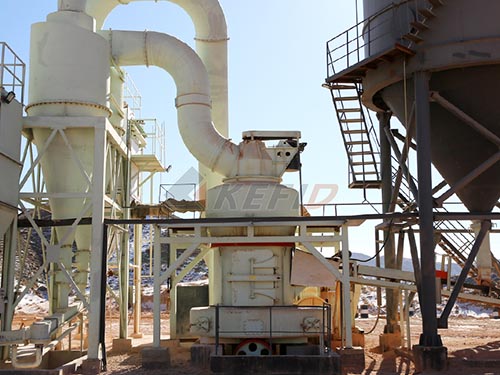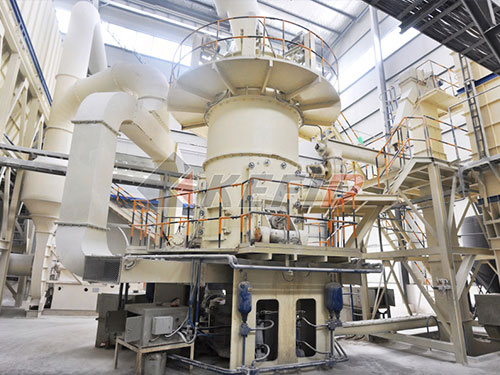Blake Jaw Crusher
The Enduring Legacy of the Blake Jaw Crusher: Cornerstone of Mineral Processing
In the dynamic world of mineral processing and aggregate production, few machines boast the historical significance and enduring practicality of the Blake Jaw Crusher. Patented by Eli Whitney Blake in 1858, this robust mechanical marvel wasn't just an incremental improvement; it fundamentally revolutionized rock crushing technology and laid the groundwork for virtually all modern jaw crushers used today.
The Genesis of a Revolution
Prior to Blake's invention, crushing hard rock was laborious and inefficient, often relying on primitive methods like hammers or rudimentary stamp mills. Recognizing the need for mechanized force multiplication, Blake conceived a machine based on a simple yet profoundly effective principle: mechanical advantage through leverage.
The Ingenious Mechanism: Double-Toggle Design
The core brilliance of the original Blake design lies in its double-toggle mechanism:
1. Fixed & Movable Jaws: Two vertical jaws form a V-shaped crushing chamber – one rigidly fixed to the frame (fixed jaw), the other mounted on an oscillating assembly (movable jaw).
2. Eccentric Shaft: A rotating eccentric shaft at the top of the crusher imparts motion.
3. Toggle Plates & Pitman: Connecting rods (pitman) transfer this motion from the eccentric shaft down to large toggle plates positioned near the bottom of the movable jaw.
4. The Crushing Stroke: As the eccentric rotates:
It pushes the pitman down.
This forces the bottom end of the movable jaw forward via compression on one toggle plate.
Simultaneously, tension pulls on another toggle plate at its pivot point.
This combined action causes the entire movable jaw to swing primarily towards the fixed jaw at its bottom point (nearer to where material enters).

5. Crushing Action: Rock fed into the top of this V-shaped chamber is progressively crushed as it travels downwards towards a narrower gap (the discharge setting). The primary crushing force is applied as material nears discharge size.
Why "Blake" Became Synonymous with Primary Crushing
This specific motion – where maximum force is applied near the discharge opening – offers distinct advantages perfectly suited for primary crushing applications:

1. Superior Breaking Force: The leverage generated by positioning pivots near the bottom concentrates immense force onto large feed rocks precisely where needed most – at their largest dimension as they enter.


